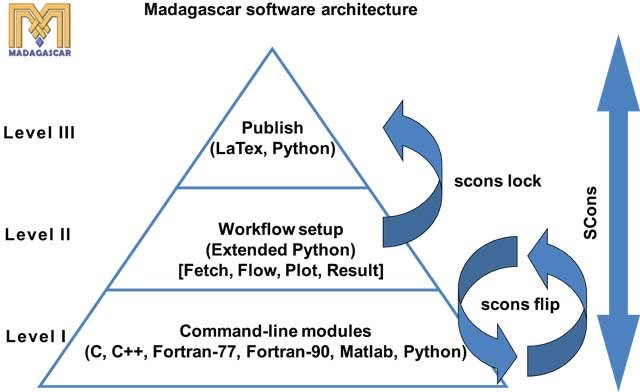A paper describing Madagascar has been published in the Journal of Open Research Software (JORS), a new peer-reviewed open-access journal, which features papers describing research software with high reuse potential.

This paper should become a standard reference for those who use Madagascar in their research and wish to reference it in scientific publications. Following a recommendation of Robin Wilson, a file called CITATION.txt is placed in the top Madagascar directory to provide reference information. Here are the current contents of this file:
Fomel, S., Sava, P., Vlad, I., Liu, Y. and Bashkardin, V. 2013. Madagascar:
open-source software project for multidimensional data analysis and
reproducible computational experiments. Journal of Open Research
Software 1(1):e8, DOI: http://dx.doi.org/10.5334/jors.ag
@Article{m8r,
author = {S. Fomel and P. Sava and I. Vlad and Y. Liu and
V. Bashkardin},
title = {Madagascar: open-source software project for
multidimensional data analysis and reproducible
computational experiments},
journal = {Journal of Open Research Software},
year = 2013,
volume = 1,
number = 1,
pages = {e8},
doi = {http://dx.doi.org/10.5334/jors.ag}}
It is hard to give proper credit to everyone who contributed to such as collaborative project, as Madagascar. Even the smallest contribution can be crucially important. The five authors of the paper are the five most active all-time contributors to Madagascar by the number of commits to the repository at the time of the paper submission.
 Inspired by projects such as the
Inspired by projects such as the 



